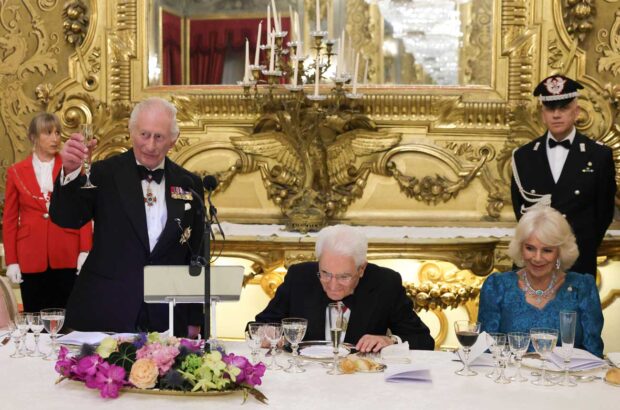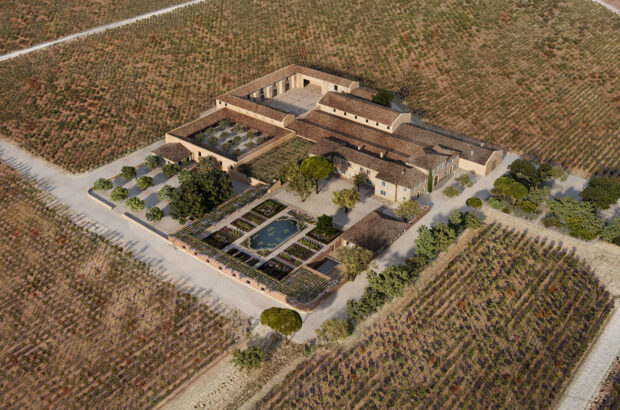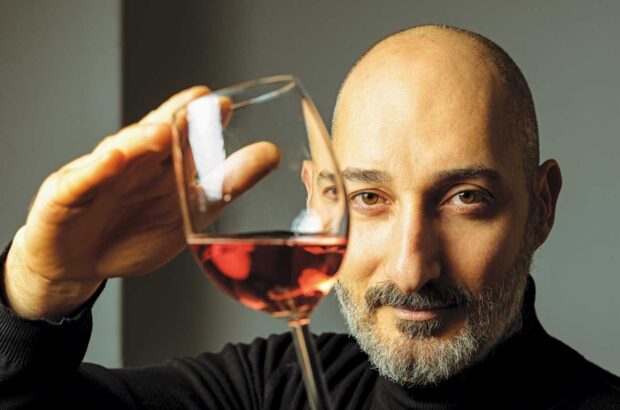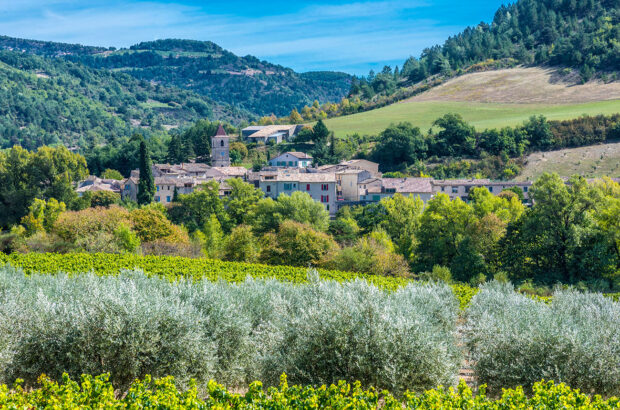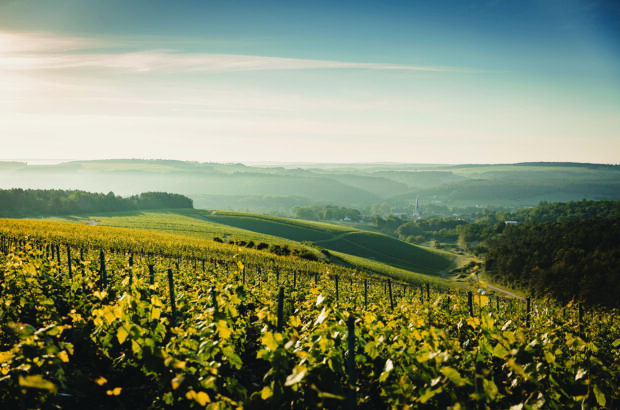In October, the Napa Valley vintage was in full swing; a huge crop, the vines turning yellow against a sombre background: the hills all around, on the east side in particular, blackened by a series of wildfires that raced through the dry hillside grass, scorching the scattered oaks. Wineries were jubilant at 2023’s quality, after a slow, steady ripening season with none of the extreme ‘heat spikes’ that often grill exposed grapes here.
Looking back over great vintages for comparison, several people mentioned 1969. It was the first commercial vintage ever for the Chappellets on Pritchard Hill, where I have been lucky enough to be a regular visitor over these 60-odd years. Donn Chappellet’s ideal wine was Château Latour, and the vines on his dry north-facing amphitheatre vineyard in a great year could justify his aspiration. When Molly Chappellet, Donn’s widow, opened their 1969 Cabernet at dinner I had visions of Napa in the ’60s. In 1966, Robert Mondavi opened the iconic (yes, really) adobe arch that still appears on Mondavi labels.
I was discussing old California vintages (sadly almost unknown in Britain) with Darrell Corti, whose wine store, Corti Brothers in Sacramento, bears comparison – in reputation, not appearance – with Berry Bros in London. It is not, as it is in Bordeaux, the ripest years that find the balance needed to mature to greatness. Nor does the strong, sweet style of Cabernet recently too much in fashion compare with the valley’s finest wines of the past.
Darrell is known as, among other things, America’s great expert on Madeira – which historically can be called the States’ original favourite wine. Also on old Sherry, sadly now a minority interest (and great value as a result). He is a creator, though, as well as a scholar, and has developed California’s answer to Madeira – a gorgeous, profound yet somehow lightweight sweet Verdelho from Amador County, a historic region in the Sierra foothills more famous for its gold than its wine. In a world of Chardonnays and Sauvignons, there is real excitement to be found among neglected grape varieties from forgotten regions. Wine is a much broader church than most wine lists acknowledge.



